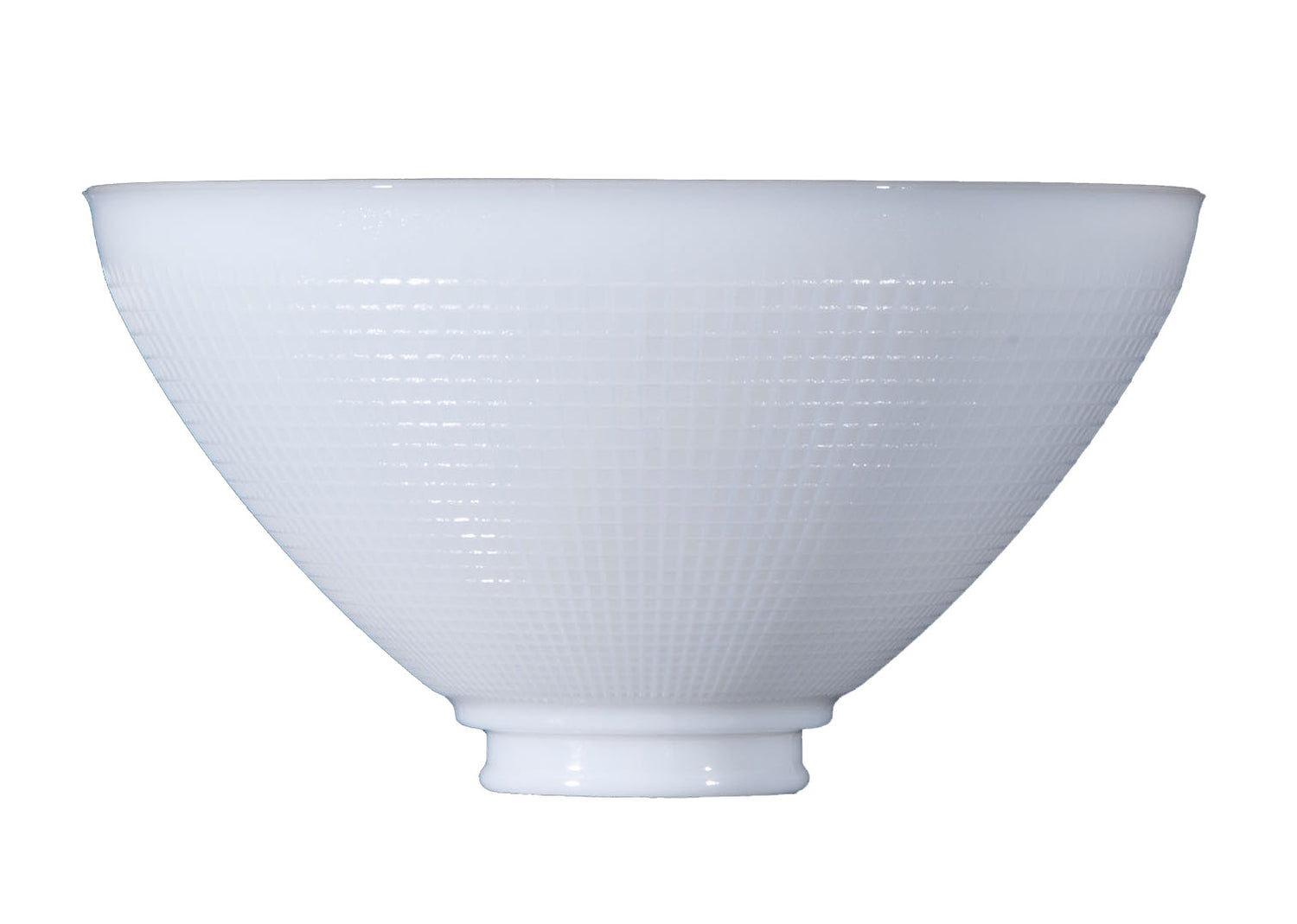Choosing a lampshade may be an easy decision for some, but the wrong lampshade can often curtail the aesthetics of an elegant lamp. Lampshades are like hats. Once you know the accurate proportions, your lamp may be curiously satisfying to look at. Table and floor lampshades come in a variety of materials. Fabric, parchment, glass, and plastic are some of the most widely used materials to make lampshades. If you have an antique lamp that could use a new lampshade, Antique Lamp Supply can provide the experience and know-how to help you determine the right kind of lampshade. In this guide, we reveal how to choose between fabric and glass lampshades. Restore your lamp to its former glory or give it a fresh look by trying a different material lampshade. Keep reading to learn more.
Beginner’s Guide to Fabric Lampshades
Fabric lampshades come in a wide variety of colors, designs, and materials to choose from. Common fabrics include cotton, linen, silk, or even paper. Although these materials are flammable, manufacturers affix them to styrene bases that are pressure-sensitive and non-flammable. You should avoid any synthetic materials, as they can discolor from the heat of the bulb over time. Silk shades look best in formal rooms or bedrooms. Linen, parchment, and lampshades with textured looks tend to have a more casual look that is well suited to living rooms and dens. Hand-sewn shades provide a delightfully soft light. Fabric lampshades span a broad spectrum of shapes, including: cylinder, drum, floor, empire, coolie, bell, oval, square, rectangle, hexagon, octagon, and much more. Before deciding between fabric and glass lampshades, look for patterns in the base of your lamp to find clues as to what kind of shape your lampshade should take. You must also consider the proportions of your lamp. Glass lampshades are much heavier than fabric lampshades, which could spell disaster for your vintage lamp. Learn more about weave, seams, lining, and trimming by reading our resource article: How to Determine a Quality Fabric Shade.
Beginner’s Guide to Glass Lampshades
Two of the most popular kinds of glass lamps today include Tiffany lamps and art glass lamps which are made from a special kind of toughened glass. Tiffany lamps were made famous by a painter named Louis Comfort Tiffany. Tiffany worked with colored glass and designed many stained-glass windows for churches. His paintings frequently depicted plants and flowers. When Thomas Edison invented the light bulb in 1879, Tiffany was inspired to make a new kind of lampshade that would defuse and refract light in interesting ways. His glass lampshades debuted at his first exhibition in 1899, with the Nautilus design as the forerunner. His lamps are still made in the traditional way, from many pieces of colored stained glass that are soldered together to make butterflies, dragonflies, and other abstract designs. There are many reproductions of Tiffany-style lampshades that range from botanic to geometric and everything in between.
Art glass is slightly different than the traditional Tiffany glass. Art glass is designed to be lighter and less fragile than real or stained glass. It is not at all uncommon for a single piece of art glass to be used in a distinctively handcrafted shape, because art glass is highly shapeable and can be molded into many shapes. Art glass can be manipulated to look like flowers or unusual patterns. Some types of glass have bubbles within for visual interest or frosted finishes for a subtle glow. Learn more about the fitter size and other specifications by reading our resource article: How to Choose a Replacement Glass Lampshade.
Conclusion: Fabric vs. Glass Lampshades
Despite the ubiquity of fabric lampshades, glass lampshades persist as one of the most fashionable options for home lighting. These non-flammable lampshades come in a vast range of colors and textures to choose from, but they also keep light from being too bright. Fabric lampshades emit light in different ways, but they are much more affordable. If you would prefer to add a subtle ambiance to a space in your home, search for stained glass lampshades. You can convert your lamp from fitting a fabric shade to a glass shade, and vice versa. Before you rush off to shop for a new lampshade, confirm the proportions for accuracy. The height of your shade should be about three-quarters of the height of the base. The width of the shade should be equal to the height of the lamp from base to fitting. The shade should ideally stretch a half inch wider than the base on both sides. If you find yourself debating between two sizes, choose the larger lampshade. If you have any questions about this article or would like to learn more about our wide selection of fabric and glass lampshades, please contact us today for additional information.

